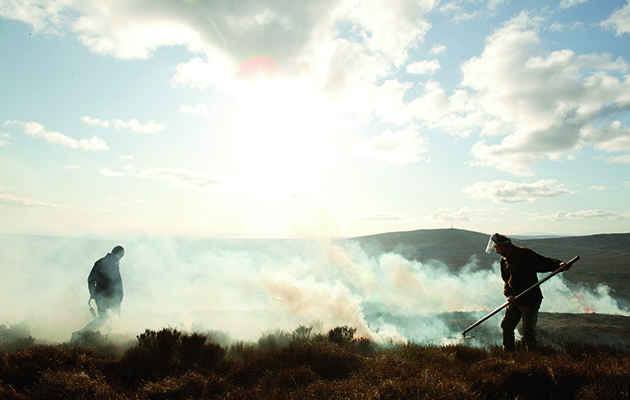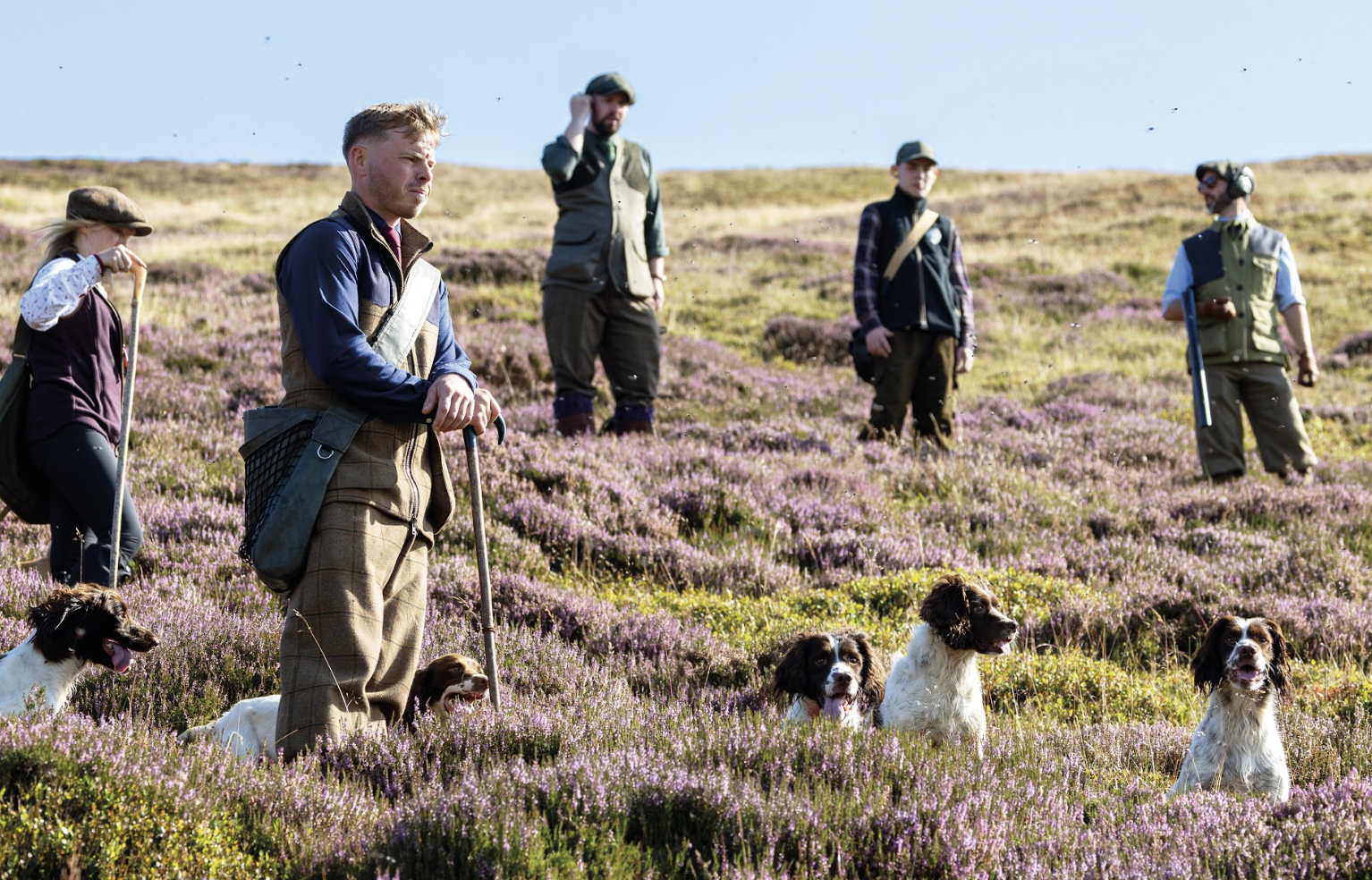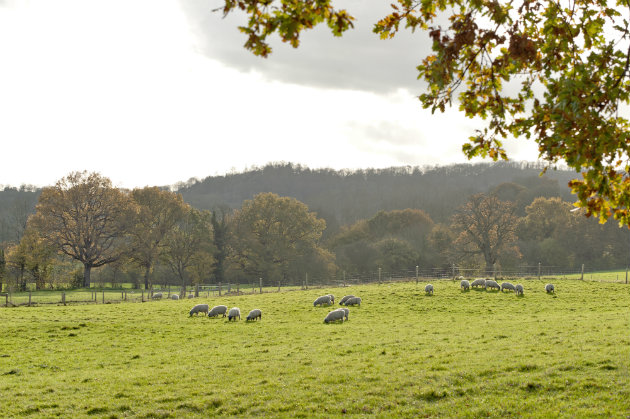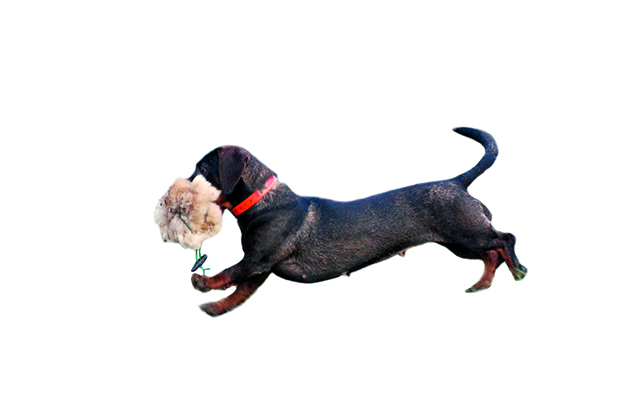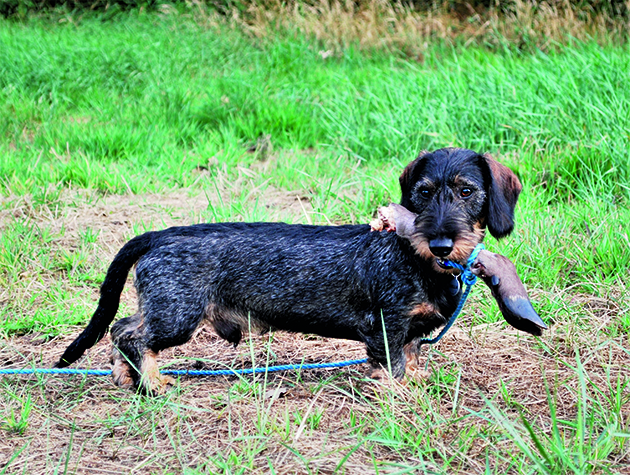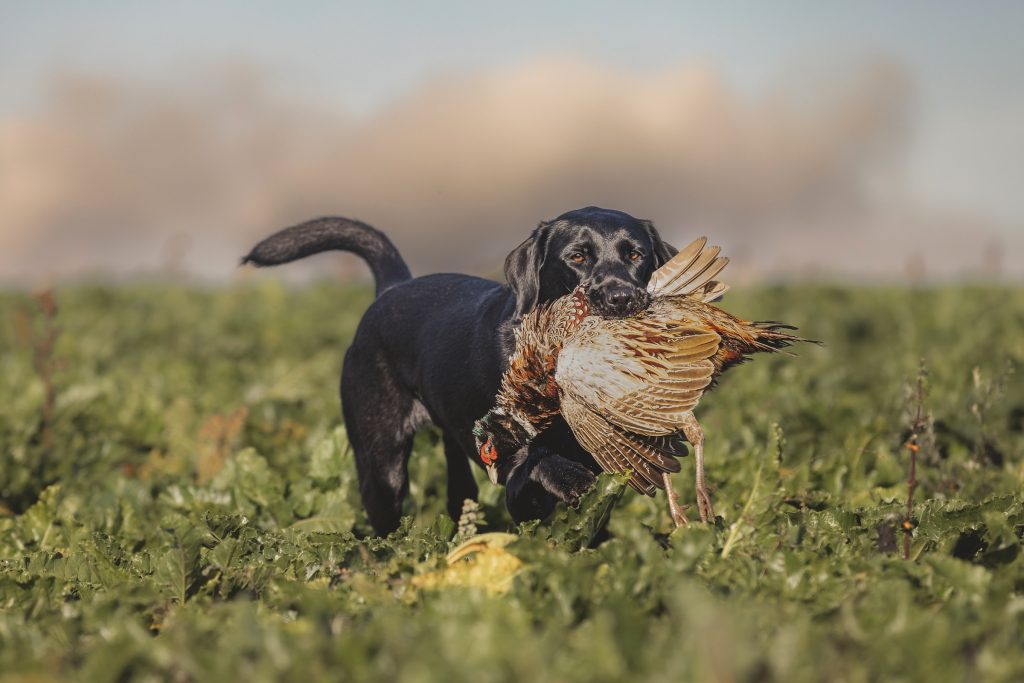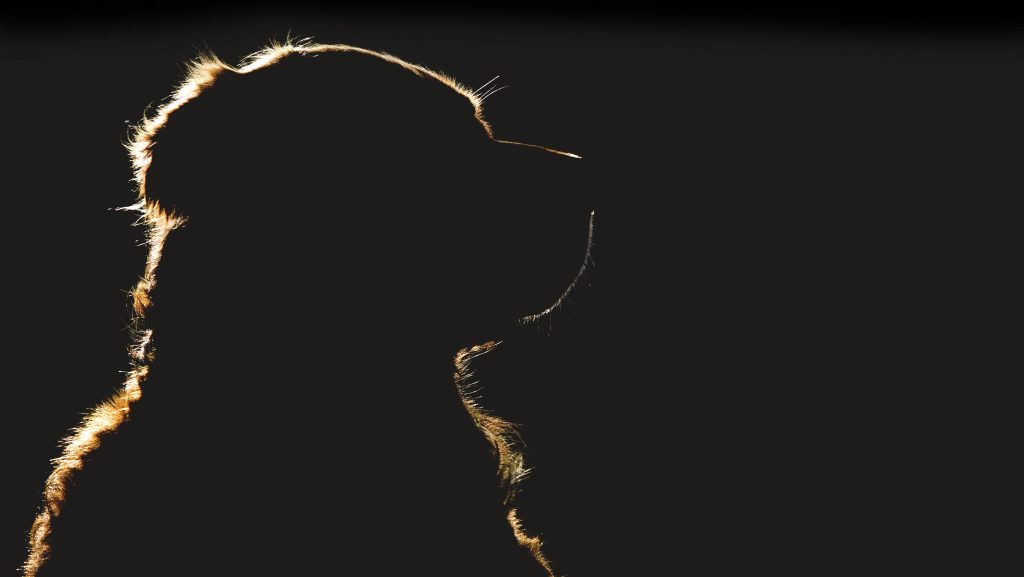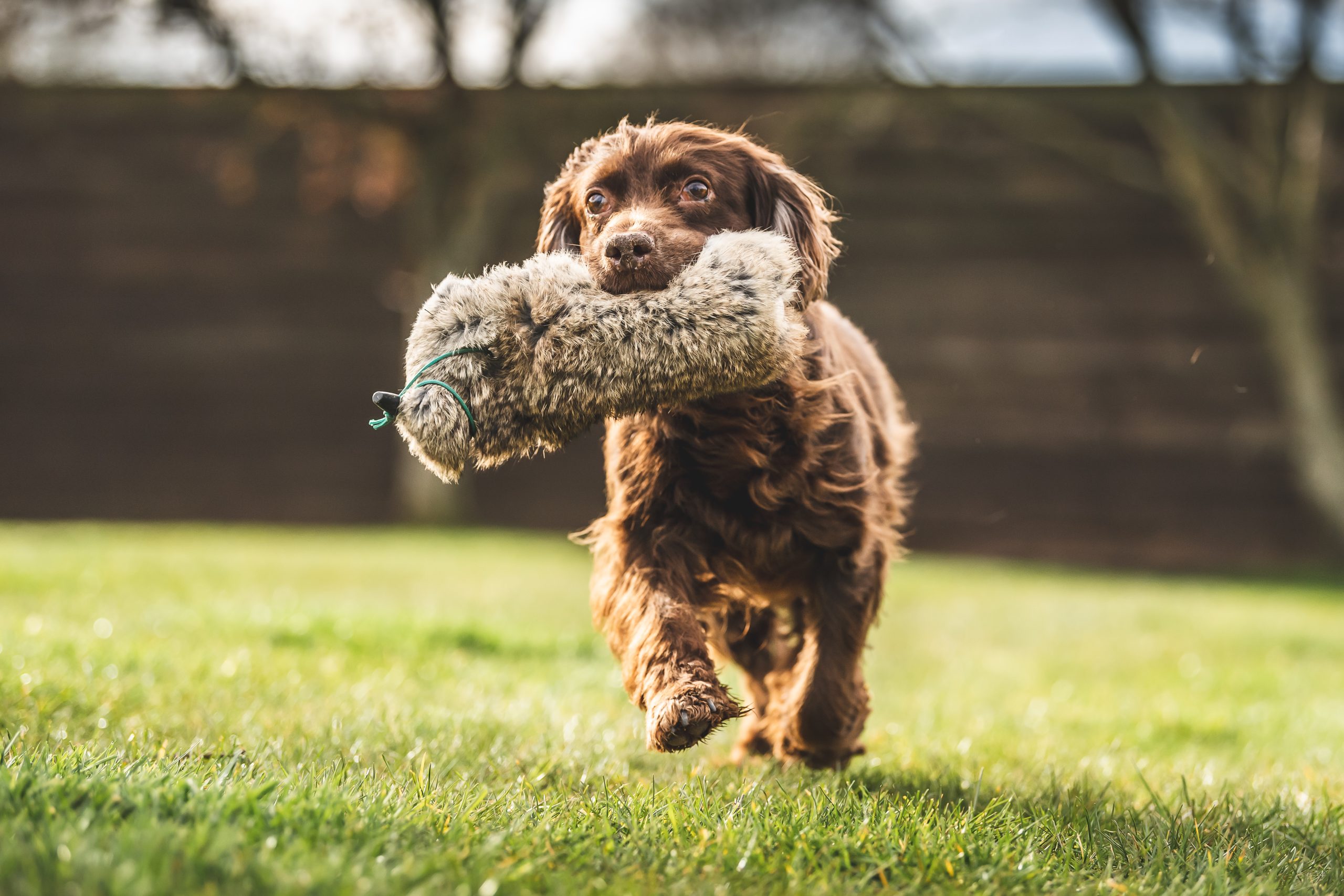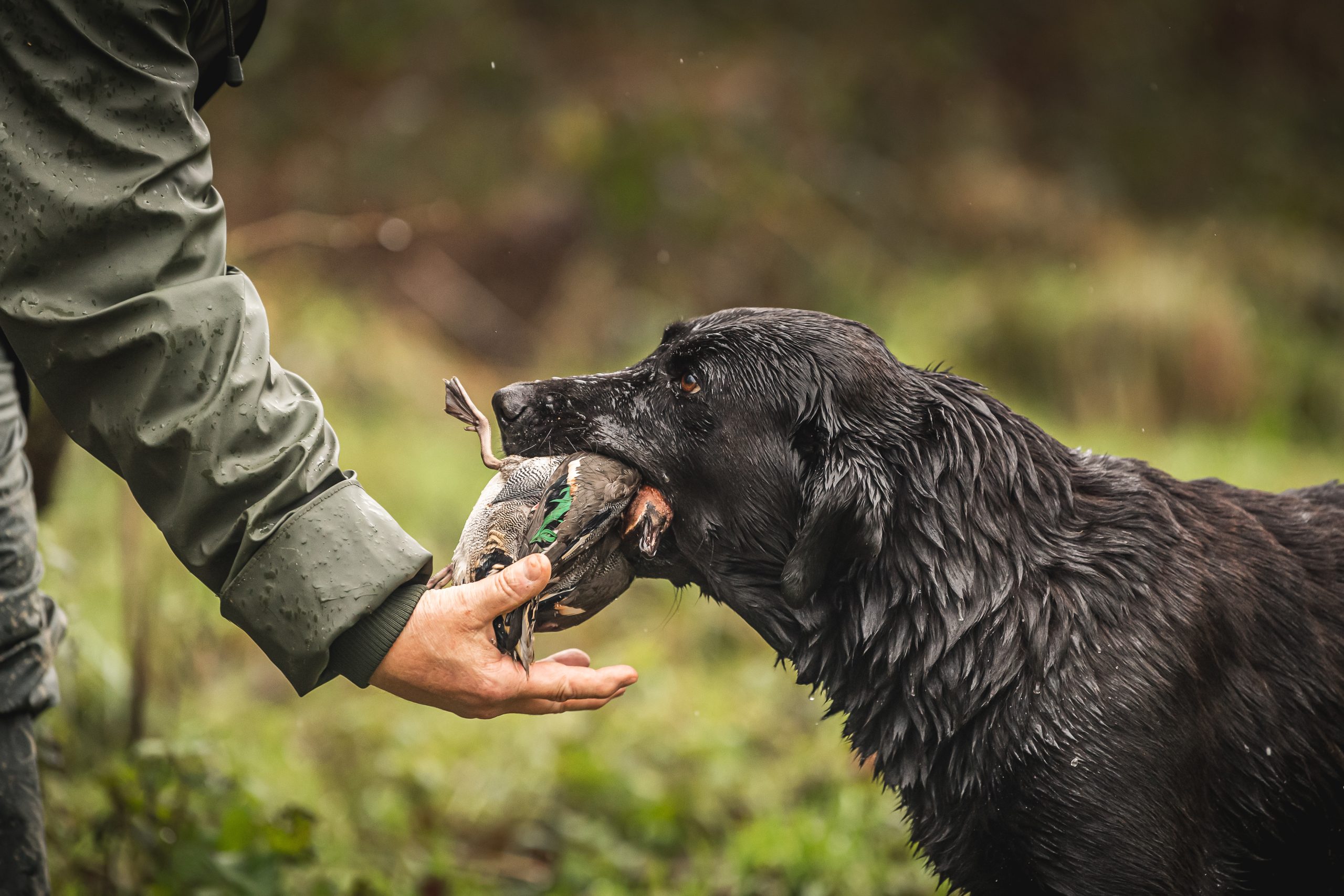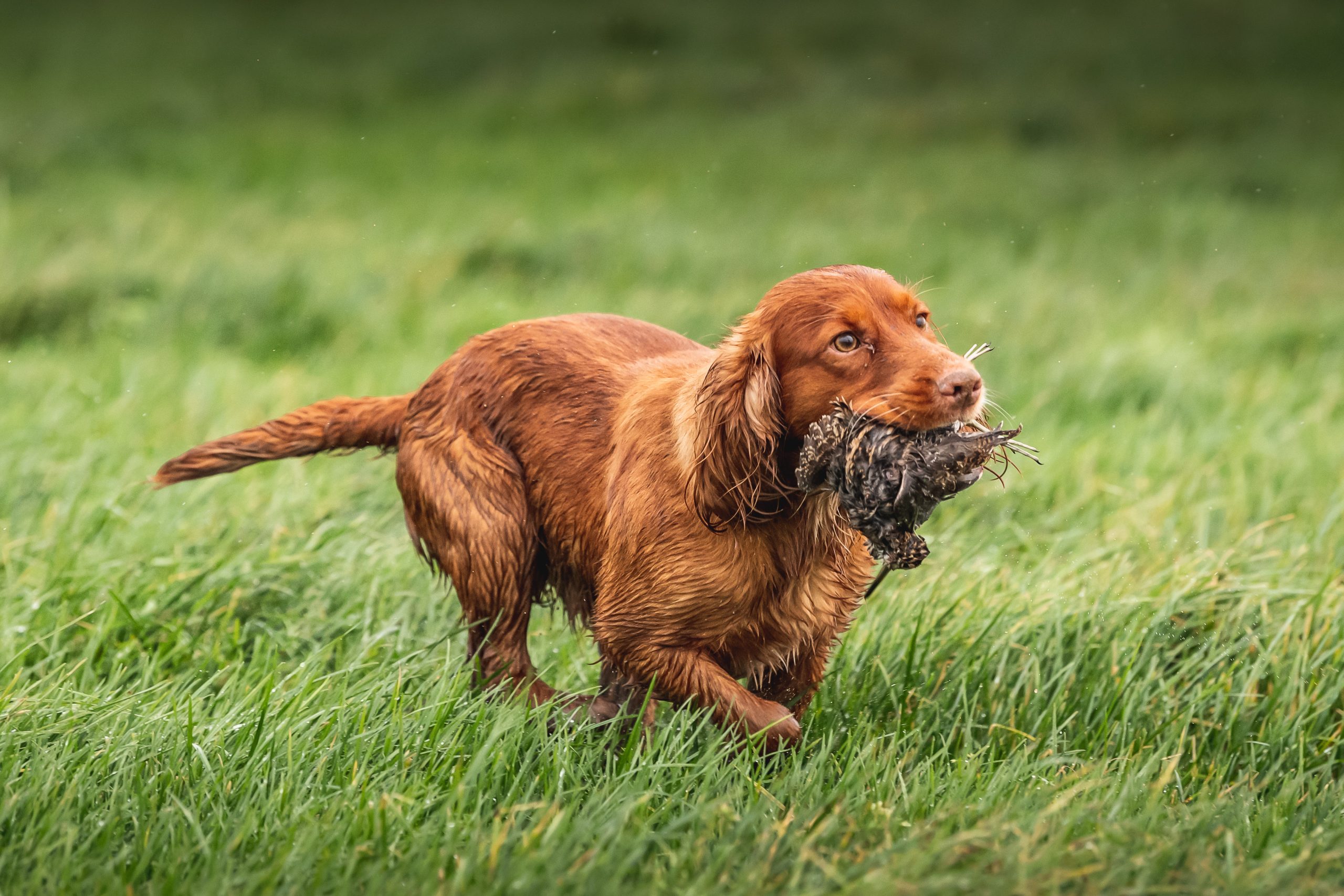Gundog news
Gundogs
All about the German teckel – a working dachshund
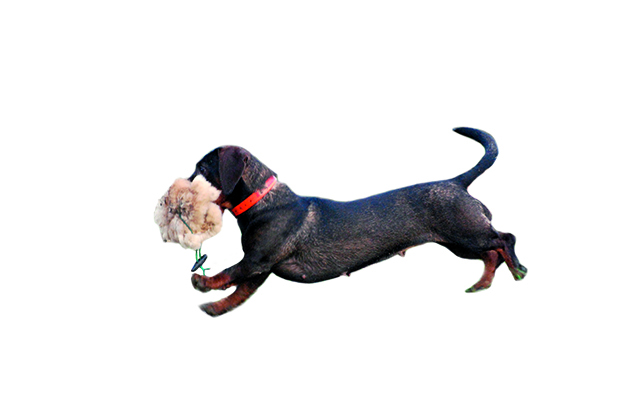
The working dachshund or teckel
At one time the term ‘prey drive’ was mainly reserved for terriers and hounds and only occasionally used by the gundog fraternity. However, in the past 30 or so years, with the rising popularity of hunt-point-retrievers we have seen it used more frequently to describe various continental working breeds, including the working dachshund or teckel.
Hunting styles can be quite different in mainland Europe to what we are traditionally used to here in the UK. Generally speaking, European breeds range further from the Gun or hunter and also tackle different quarry in different ways – driving wild boar or retrieving fox, for example.
Good lineage
Here in Britain, and England especially, we rarely have large swathes of accessible bog, marsh or moorland and huge forests are rarer still. Consequently our dogs will be required to work at a closer range and we naturally expect them to stay within a 50m radius of us.
Back in the 1980s and 1990s I did a lot of rough shooting, initially over a pair of Jack Russells and later over a Labrador. This was all straightforward stuff. The dogs worked the ditches and hedge lines, flushed out the quarry and I attempted to despatch it with my shotgun. If I was successful the Lab would retrieve my catch while the Jack Russells would run out and rag it. If I missed, the dogs would roll their eyes in dismay and then get back to the task in hand.
Working-bred dachshunds
Fast forward 20 years and I find myself immersed in the world of working-bred dachshunds and it is, as they say, a different kettle of fish. As I had owned show-bred dachshunds as family pets for a decade or so, the working variety always interested me.
My wife and I are gluttons for punishment and we decided to import not one but two litter Teckel sisters from the German kennel Konigstannen. Our choice came from a good blend of highly driven hunting lines and we wanted determined working dogs, didn’t we?
Hunting from the off
Despite having around 30 years’ experience of owning and working sporting dogs, these two little teckels caught me off balance. They came over at four months and were hunting from the off. Recall training was a challenge.
Their noses were always working and not only on ground scent. They were more than happy to lift their heads and seek out the faintest whiff that something with a pulse might be lurking nearby, and any living creature was fair game.
We have grown to respect the breed’s attributes. What, in the heat of the moment, might seem like sheer pig-headedness could, on reflection, be seen as dedication to the task in hand. Alongside tracking training, our smooth pin-wire bitch Bella developed into a surprisingly good retriever, dummies tossed into cover returned with the swagger of a springer. Every now and again, however, I would experience what the Germans call spurlaut or ‘voice on the track’.
Occasionally I would propel a rabbit-skinned dummy out into a field, Bella would fly out towards it and then suddenly her body language would change. I would see her tail rise, her head drop and she would manoeuvre in a tight, agitated figure-of-eight. Then she would emit a ‘yip, yip, yip’ and was off. I later learned that this was invariably a hare trail but it could also be deer, either way she would ‘yip’ her way into the next field and beyond. I would wait, and wait, and wait. She usually returned to me but always in her own good time.
When I spoke to her breeder I praised her trail-tracking and retrieving ability and said that all would be great if it wasn’t for her desire to trail hares. His reply: “No, this is great; it is wonderful; a good strong natural spurlaut; we try very hard to retain this in our breeding.”
We live and learn and I now understand the importance of spurlaut as it is the essential skill for the teckel’s most valued modern-day role – boar driving. Boar-driving dogs can often be working 500m away and, when pushing their adversary (the boar is not a quarry, it is a foe) toward the distant line of Guns, the desire to follow a line with dogged determination and a powerful voice is a much-admired trait.
Bella’s sister Hazel also developed a vice, or virtue, depending on one’s perspective. One winter afternoon, having just successfully followed a 300m artificial trail, she disappeared as we loaded the car. After much searching and calling, Jane, my wife, spotted her poking her head up from a hole only to quickly shoot back down. It didn’t take long to locate her baying deep within the earth.
Wriggle
We sat and waited at the hole entrance for more than an hour, the light rapidly fading, and grabbed her when she eventually showed her face. Another conversation with her breeder revealed him to be proud of the pup. The ability to hunt predators below ground is the second vital component that makes the breed. The Germans say that without these aforementioned attributes you do not have a ‘true’ dachshund. I could do without it as an eager earth dog could be a liability.
Since importing the two Germans we now also own an Italian import and a young male from Poland. Both have a good deal of prey drive but are not as keen as the Germans. Fortunately, neither has wanted to go to ground yet, but both delight in following a hare or deer trail for a few hundred yards if the opportunity arises. Hendrix, the male, flushes pheasants and partridges keenly out of cover, never chases low flyers (as the German bitches will) and he will watch the game rise then dive back to find more. He is a natural carrier and a reasonable retriever.
There is certainly a place within the UK sporting dog scene for the working dachshund. There are many places the breed could be used but that doesn’t mean that every teckel is suited to every task. We aim to breed a more toned-down version, while some will admire the spirited types and decry any dilution of the teckel tenacity. I do love their ‘get up and go’ – at least right to the point that they have ‘got up and gone’.
Related articles
Get involved
Gundogs
Shooting Times Dog of the Week Competition
Your chance to have your dog featured in Shooting Times and Country magazine
By Time Well Spent
Gundogs
Saying goodbye to a gundog
It’s the most difficult of subjects but here Tom Jones faces up to the sad reality of losing a beloved gundog and realises just how much they give us.
By Time Well Spent
Manage Consent
To provide the best experiences, we use technologies like cookies to store and/or access device information. Consenting to these technologies will allow us to process data such as browsing behavior or unique IDs on this site. Not consenting or withdrawing consent, may adversely affect certain features and functions.
Functional Always active
The technical storage or access is strictly necessary for the legitimate purpose of enabling the use of a specific service explicitly requested by the subscriber or user, or for the sole purpose of carrying out the transmission of a communication over an electronic communications network.
Preferences
The technical storage or access is necessary for the legitimate purpose of storing preferences that are not requested by the subscriber or user.
Statistics
The technical storage or access that is used exclusively for statistical purposes.
The technical storage or access that is used exclusively for anonymous statistical purposes. Without a subpoena, voluntary compliance on the part of your Internet Service Provider, or additional records from a third party, information stored or retrieved for this purpose alone cannot usually be used to identify you.
Marketing
The technical storage or access is required to create user profiles to send advertising, or to track the user on a website or across several websites for similar marketing purposes.

